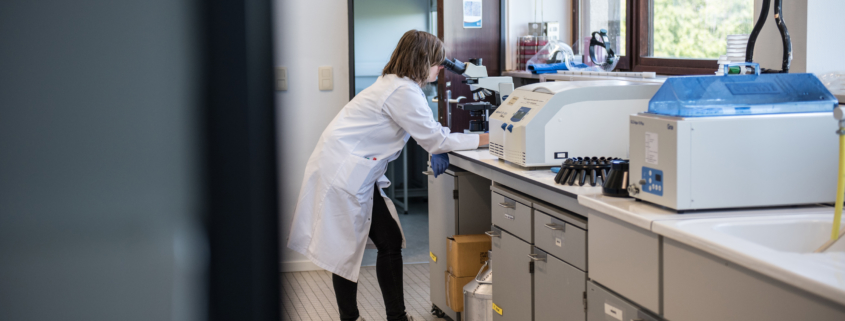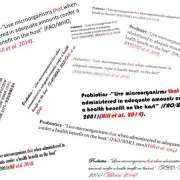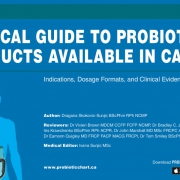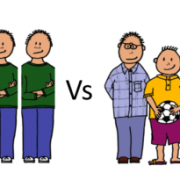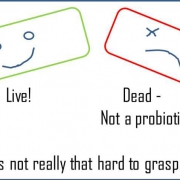A postbiotic is not simply a dead probiotic
By Dr. Gabriel Vinderola, PhD, Associate Professor of Microbiology at the Faculty of Chemical Engineering from the National University of Litoral and Principal Researcher from CONICET at Dairy Products Institute (CONICET-UNL), Santa Fe, Argentina
Postbiotics, recently addressed in an ISAPP consensus panel paper, are defined as a preparation of inanimate microorganisms and/or their components that confers a health benefit on the host. Criteria to meet the postbiotic definition are summarized here. One noteworthy aspect of this definition is that the word ‘probiotic’ does not appear. Although in practice a probiotic strain may be used as a progenitor strain in the manufacture of a postbiotic, the simple process of inactivating a probiotic is not sufficient to be called a postbiotic. It cannot be assumed that any non-viable probiotic cells in a probiotic product are automatically considered a postbiotic component. If a probiotic strain is used as a progenitor of a postbiotic, an efficacy study must be redone using the inanimate preparation and a benefit must be demonstrated. A probiotic product displaying fewer than the labeled count of viable cells is merely a low-quality product; it is not a postbiotic.
Further, the ISAPP consensus definition on postbiotics recognizes that the process of making a postbiotic implies a deliberate step to inactivate the viable cells of the progenitor strain. This process can be achieved by different technological steps such as heat-treatment (perhaps the most feasible approach), high pressure, radiation or simply aerobic exposure for strict anaerobes. A corresponding efficacy study must be conducted on the preparation. Or at the very least, any postbiotic component of a probiotic product must be specifically shown to contribute to the health benefit conferred by the product.
In contrast to postbiotics, probiotics are live microorganisms which when administered in adequate amounts confer a health benefit on the host. Four minimum criteria should be met for a strain to be considered as a probiotic: (i) sufficiently characterized; (ii) safe for the intended use; (iii) supported by at least one positive human clinical trial conducted according to generally accepted scientific standards or as per recommendations and provisions of local/national authorities when applicable; and (iv) alive in the product at an efficacious dose throughout shelf life (Binda et al. 2020). This last requirement reflects the key difference between probiotics and postbiotics. Probiotics must deliver an efficacious number of viable cells through the shelf life of the product. In practice, probiotic products may display significant numbers of non-viable cells (Raymond & Champagne, 2015), as some cells may lose viability during the technological process of biomass production, while undergoing manufacture or preservation steps and through product storage prior to purchase. In order to provide the target dose until end of shelf life, an overage of 0.5 to 1 log order CFU above the expected counts of viable cells is commonly included in the product to compensate for potential losses during product storage and handling (Fenster et al. 2019).
Thus, some quantity of non-viable cells may be usually expected in certain probiotic products, especially supplement products claiming a long, room temperature stable shelf-life. However, they will be considered as probiotic products of quality as long as they are able to deliver the expected amount of viable cells until the end of the product shelf-life. It is worth mentioning that the probiotics are expected to be viable at the moment of their administration. After that, if exposure to different regions of the gut causes cells to die, it is not of consequence as long as a health effect is achieved.
Probiotics and postbiotics have things in common (the need of efficacy studies that demonstrates their benefits) and things that distinguish them (the former are administered alive, whereas the latter are administrated in their inanimate form), but no probiotic becomes a postbiotic just by losing cell viability during storage.

